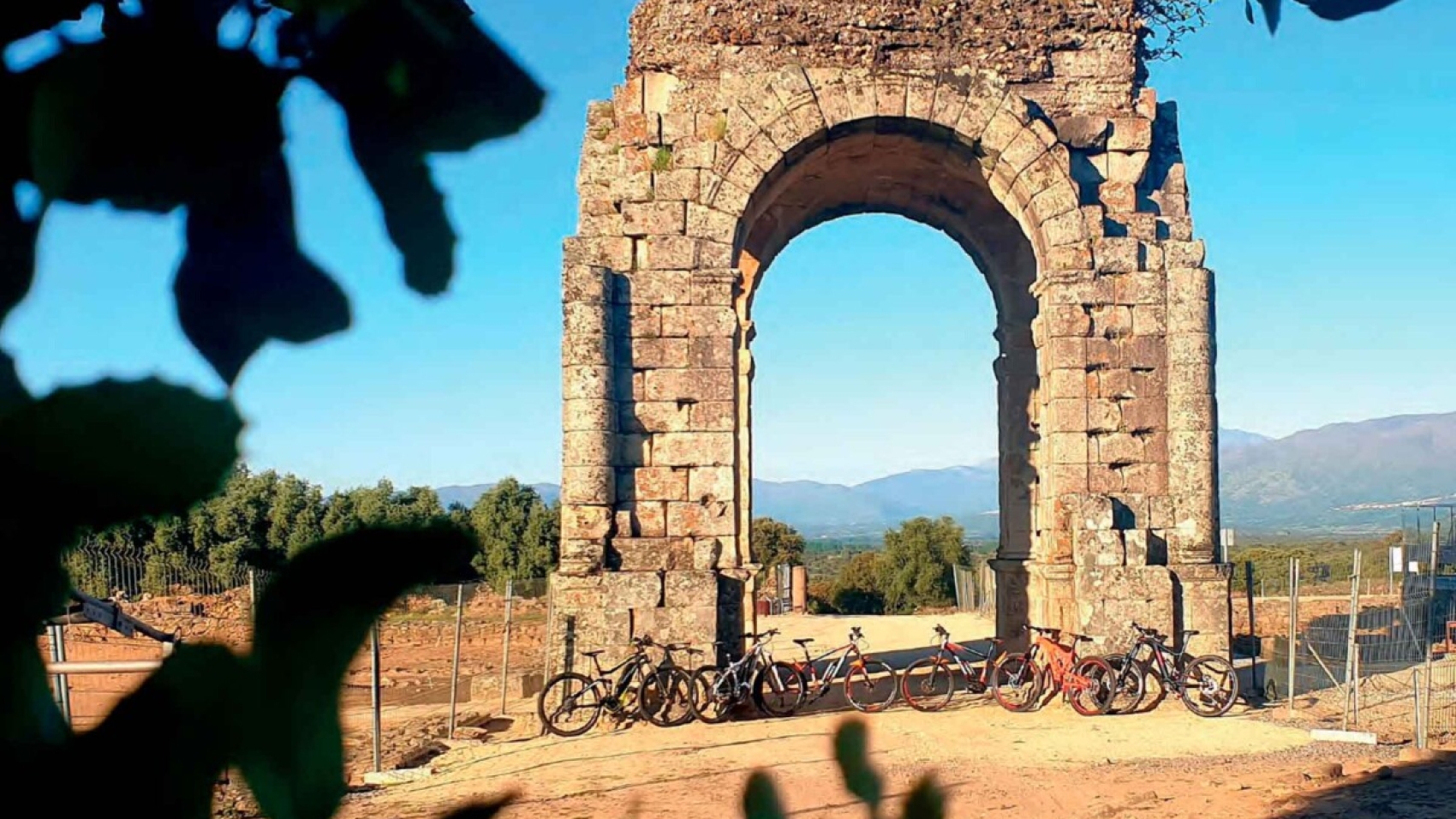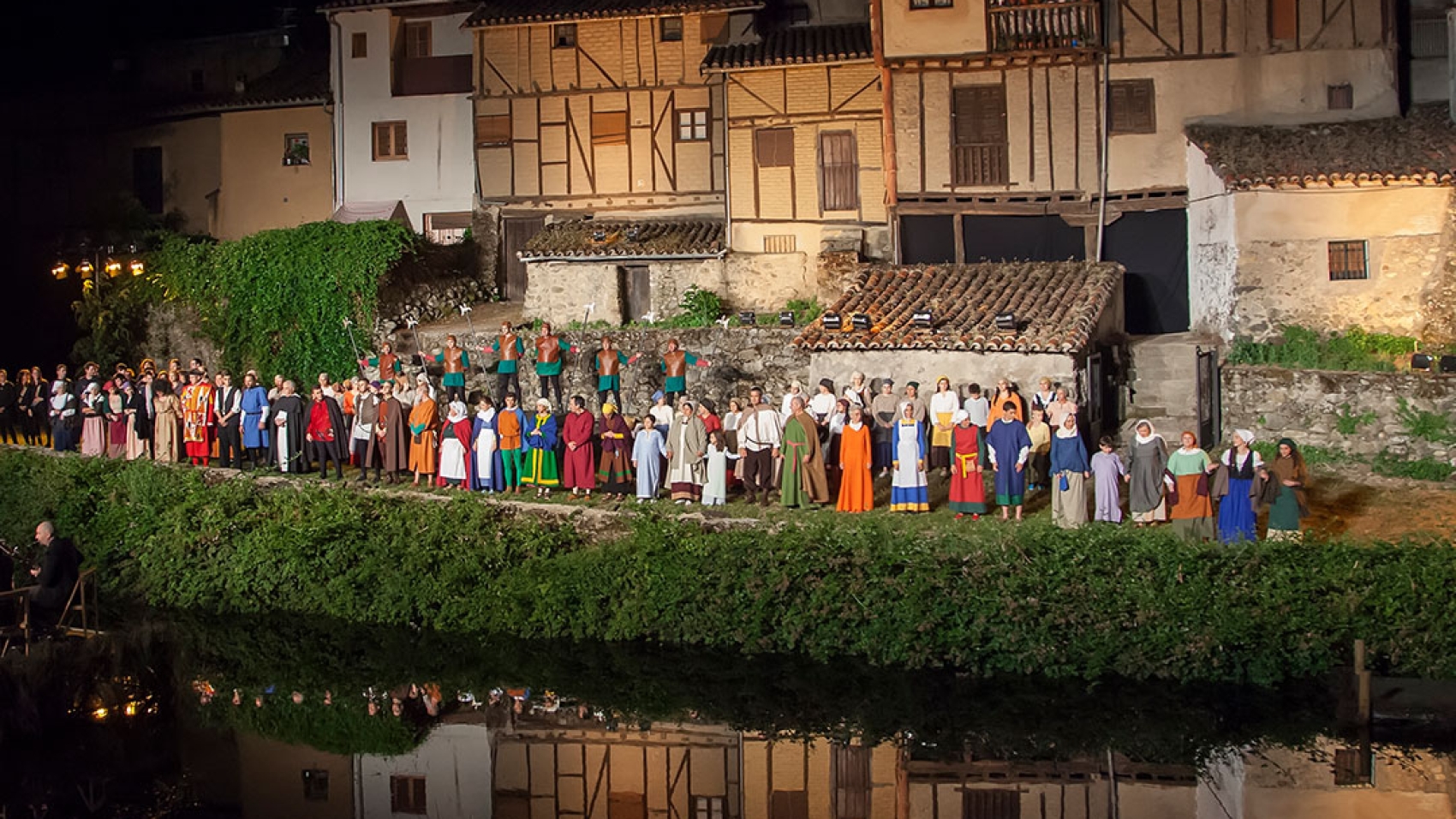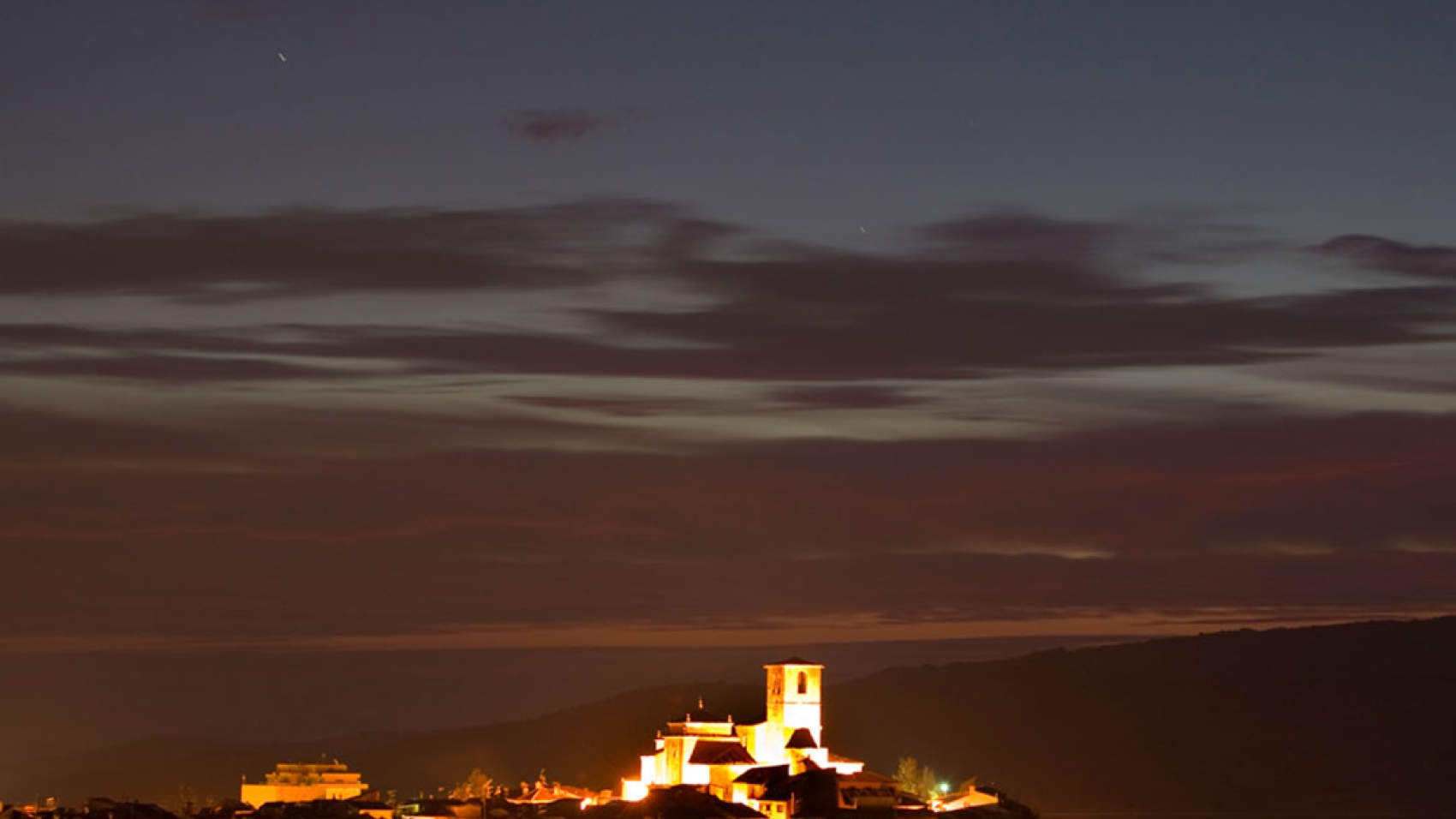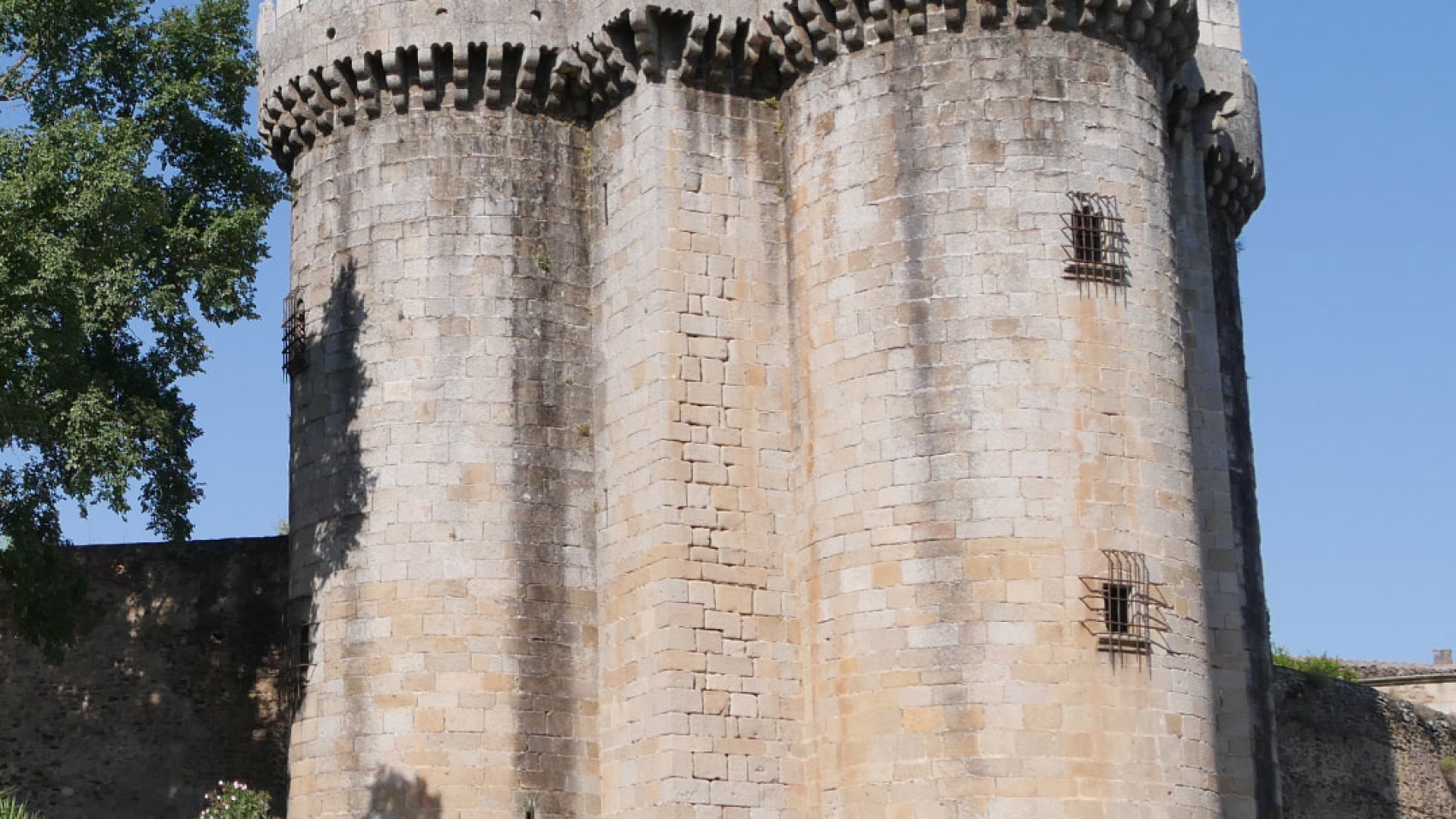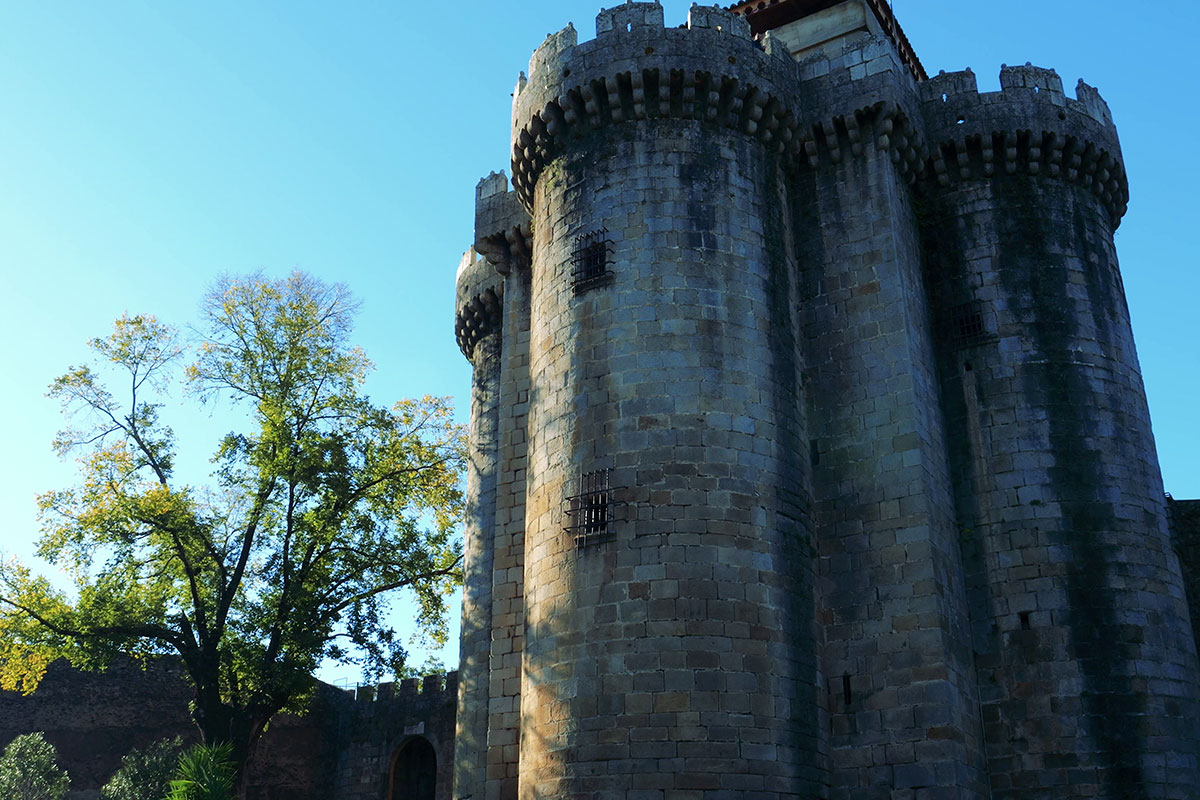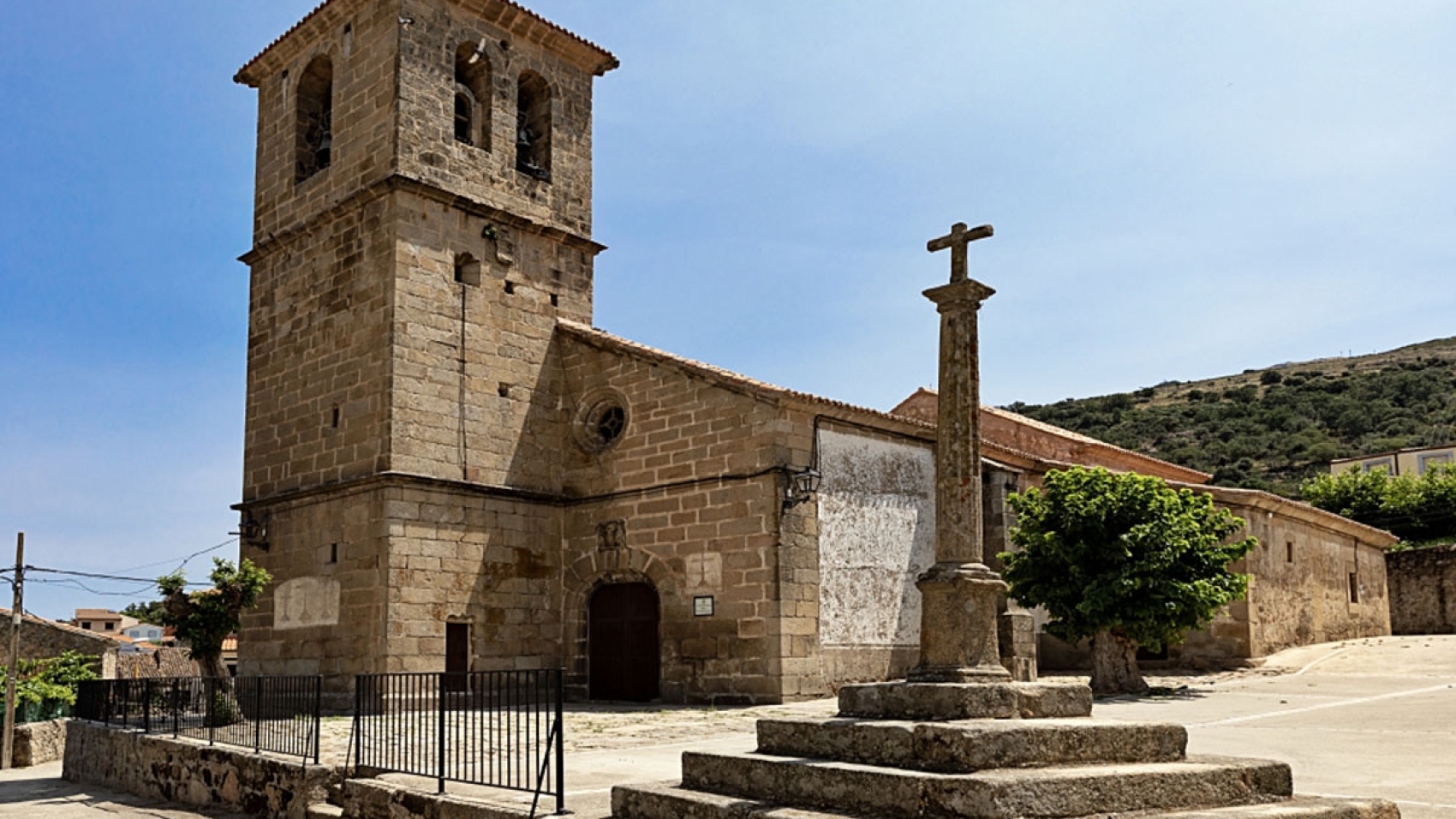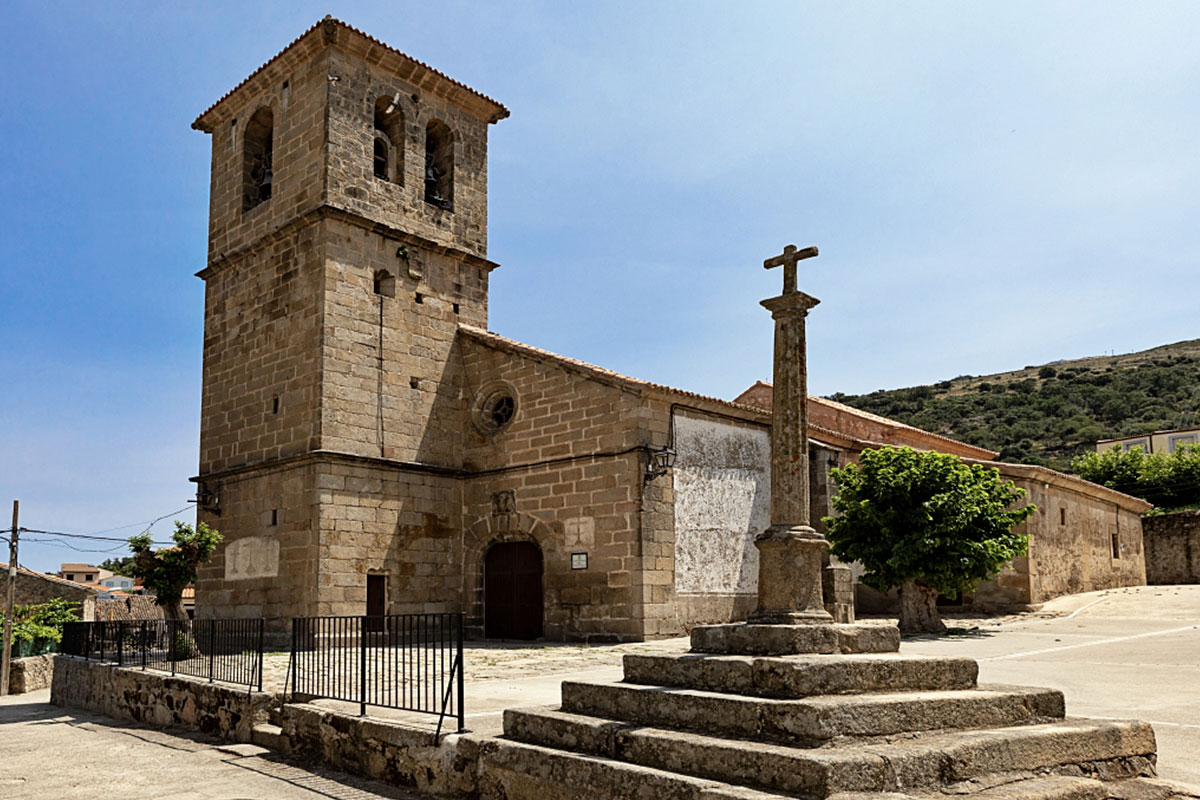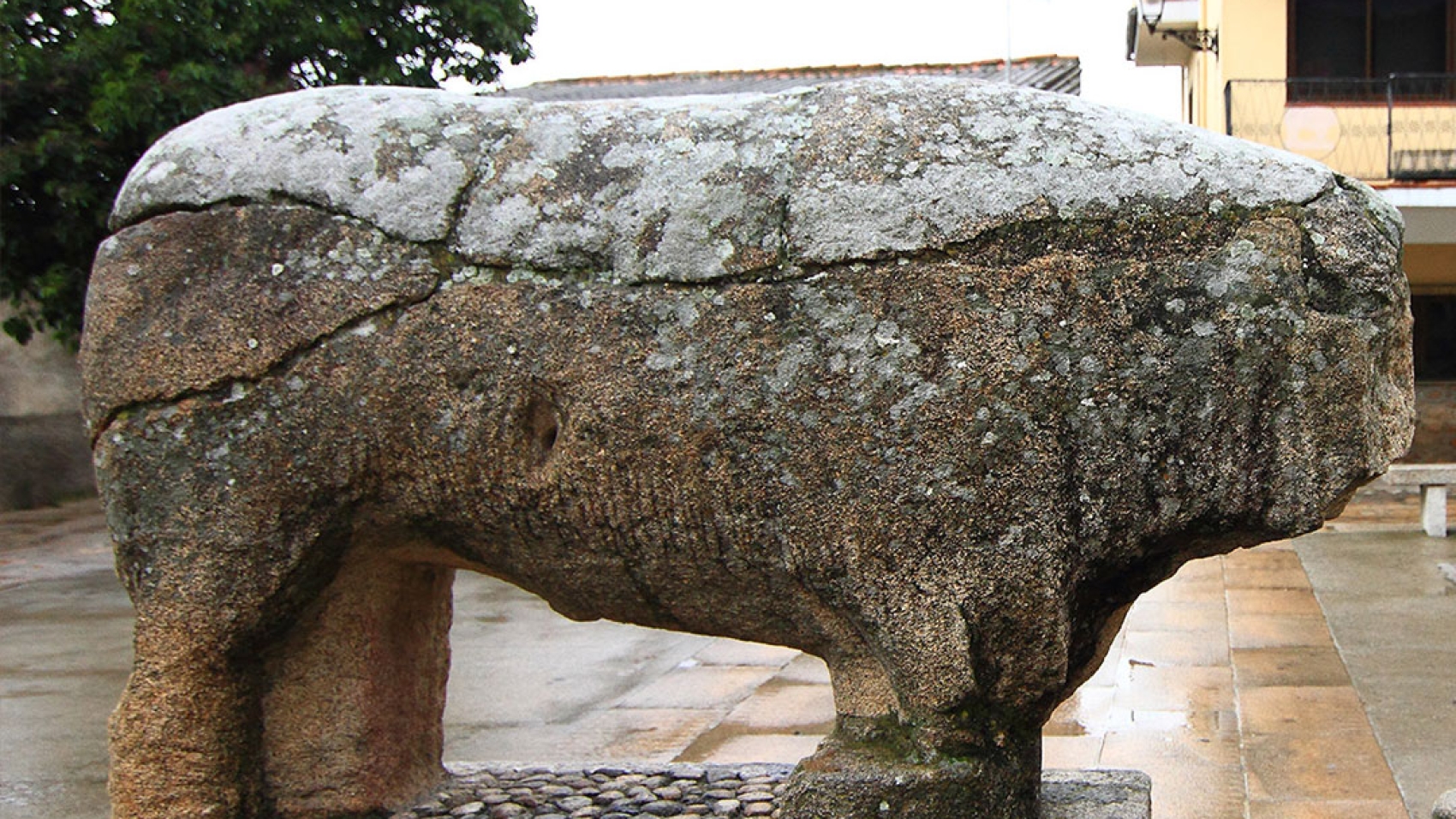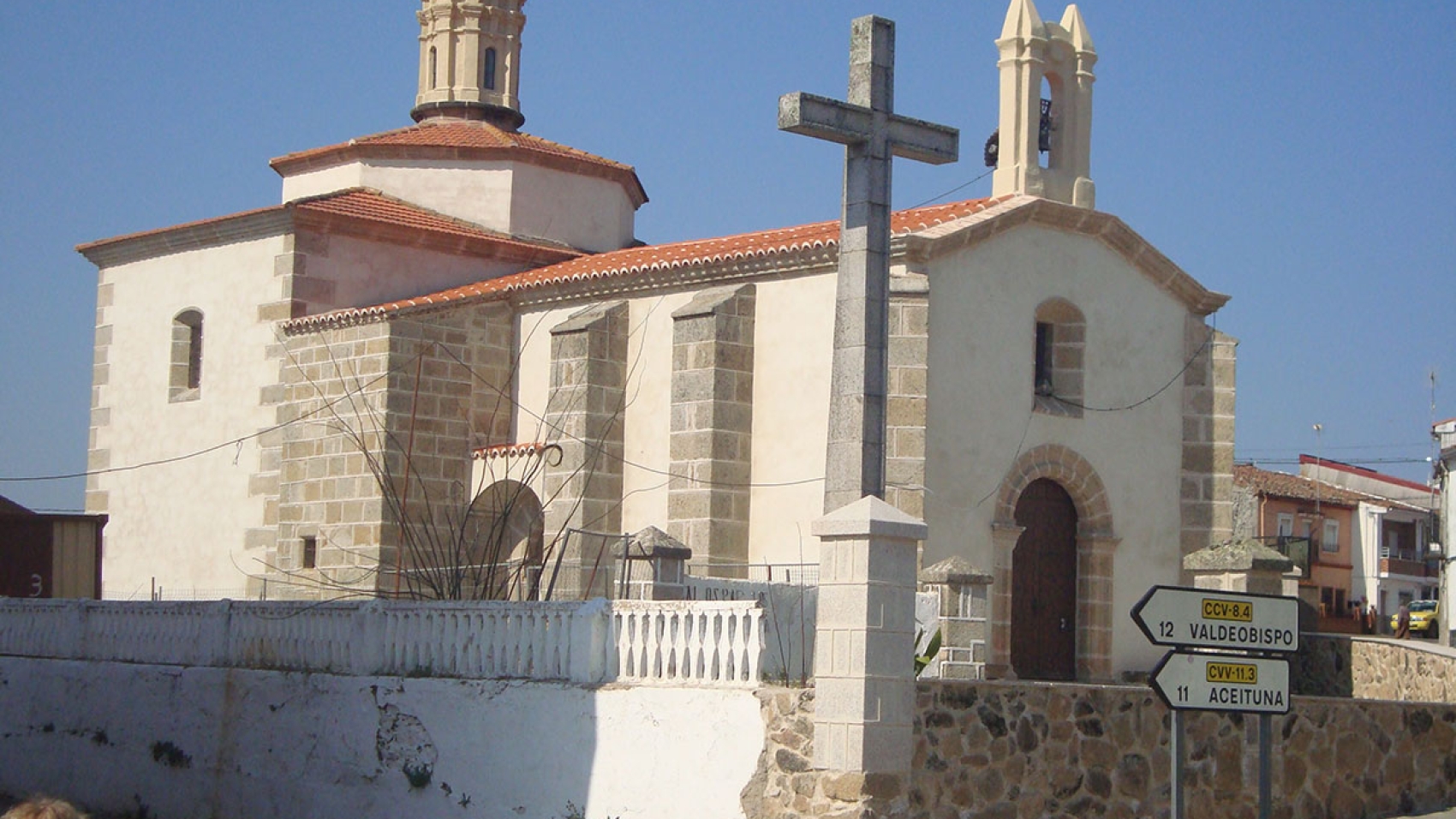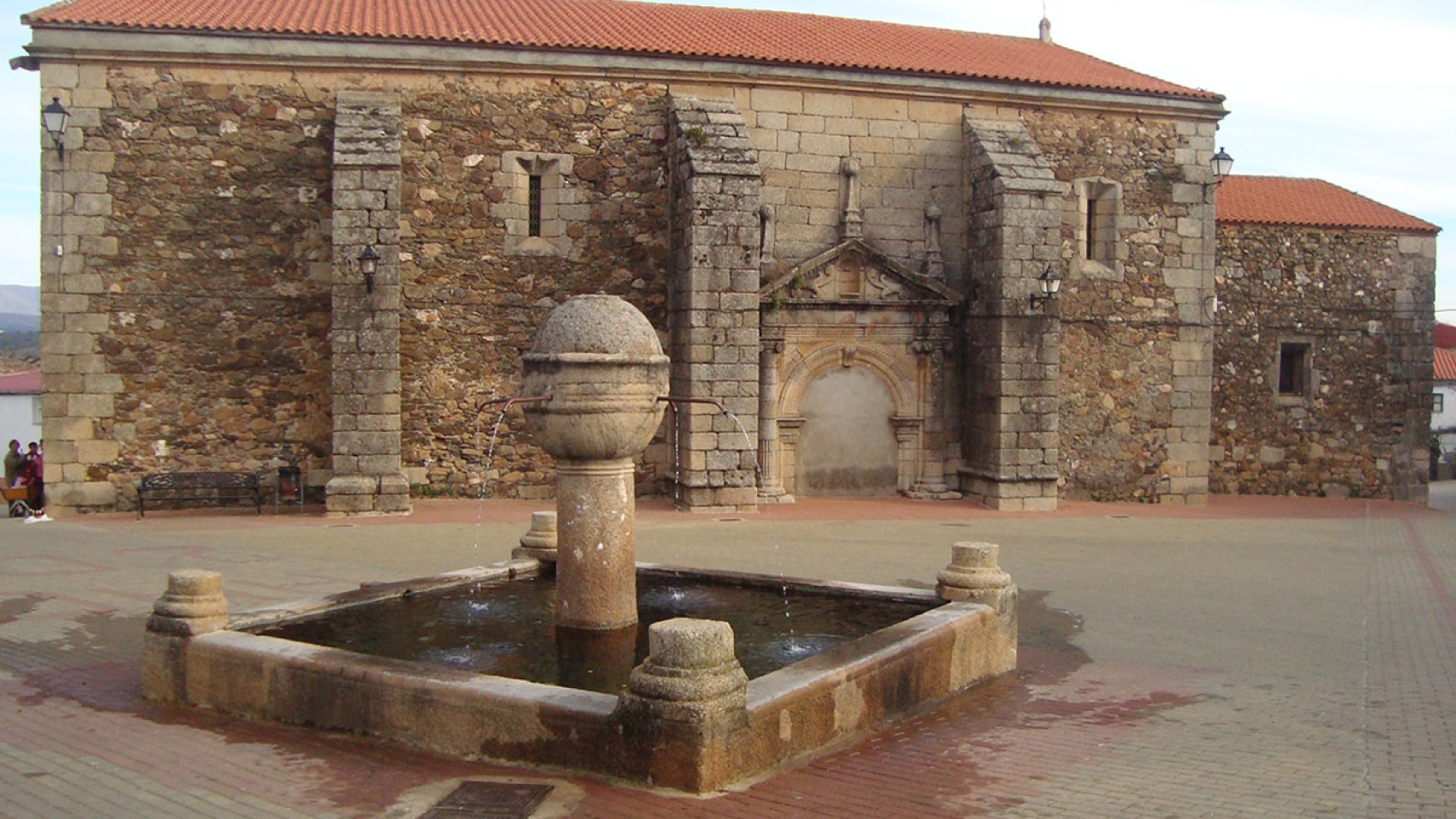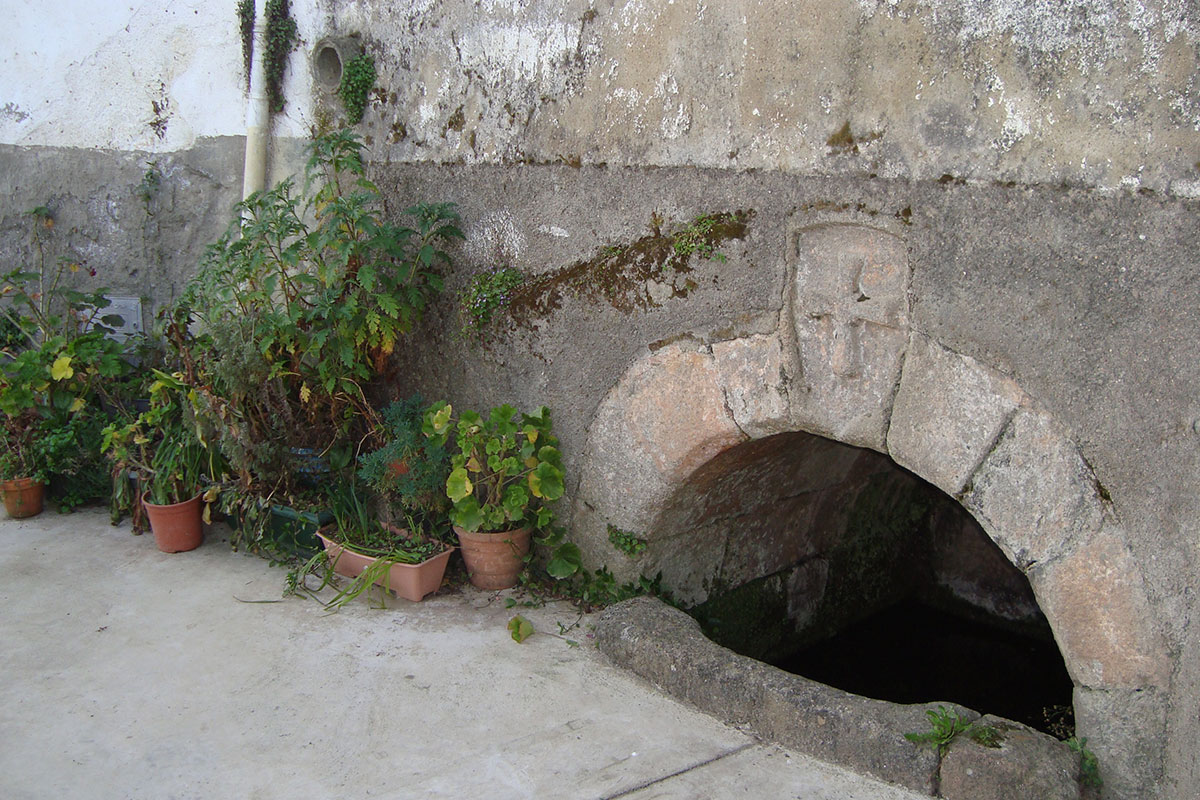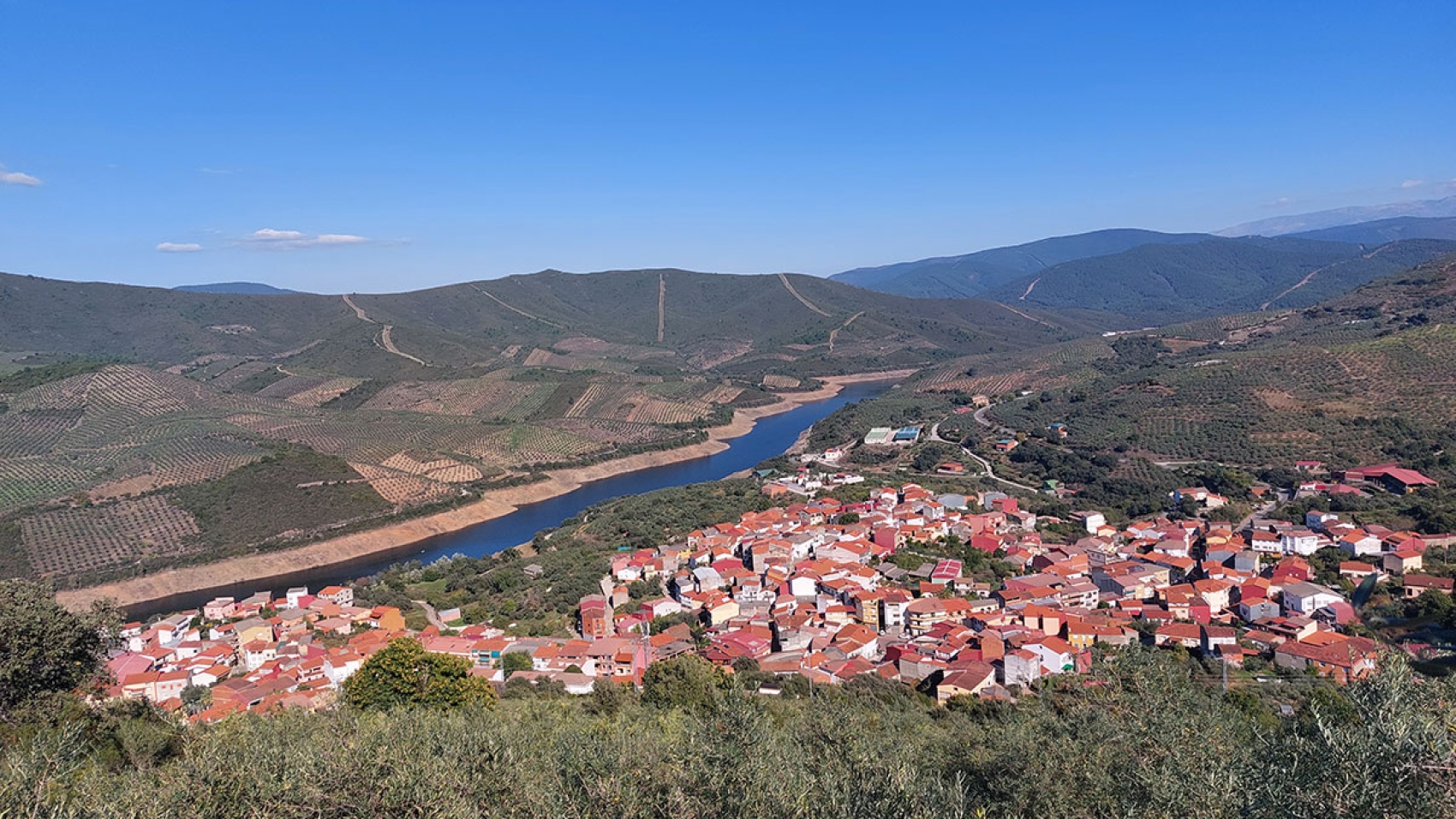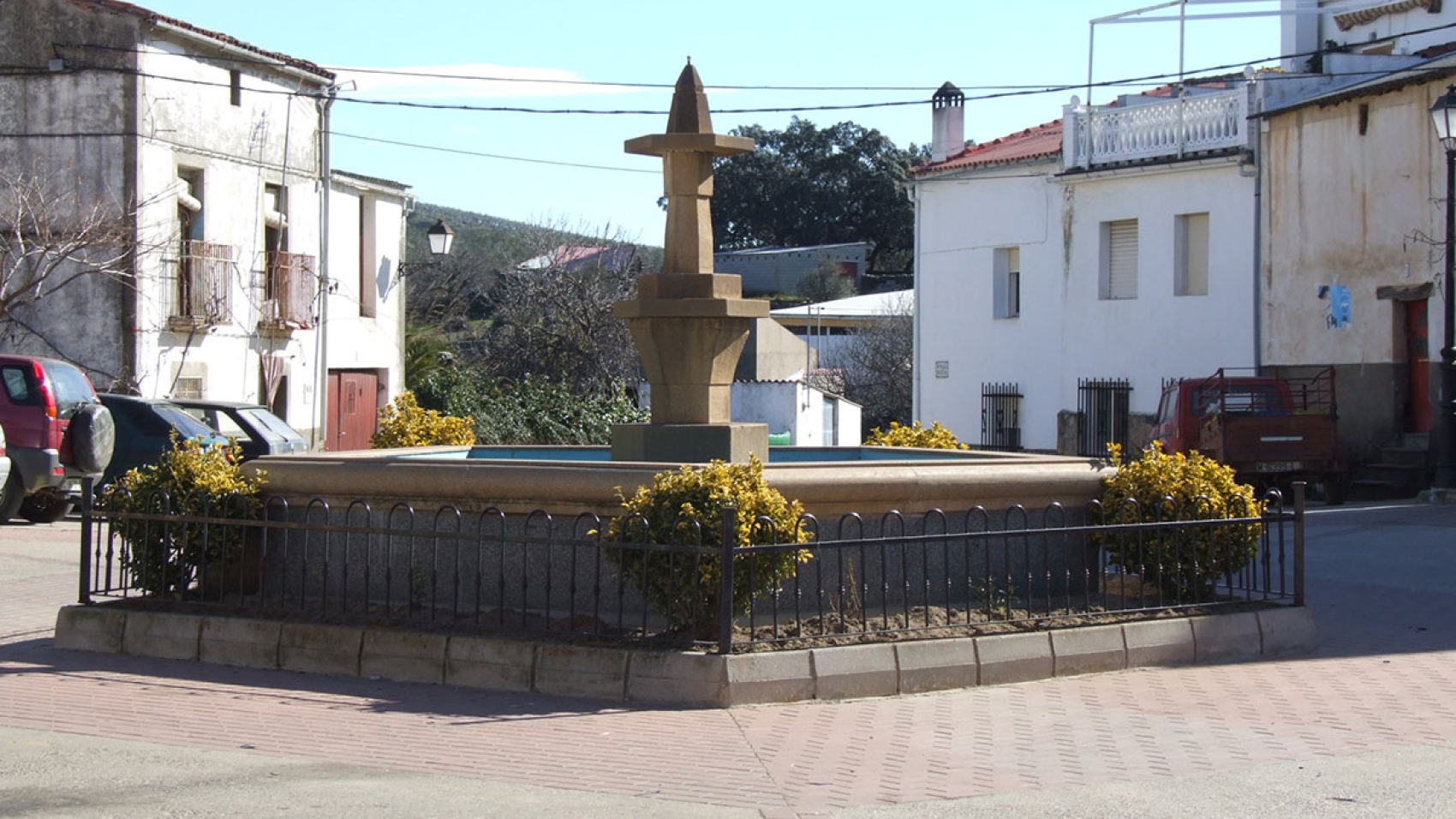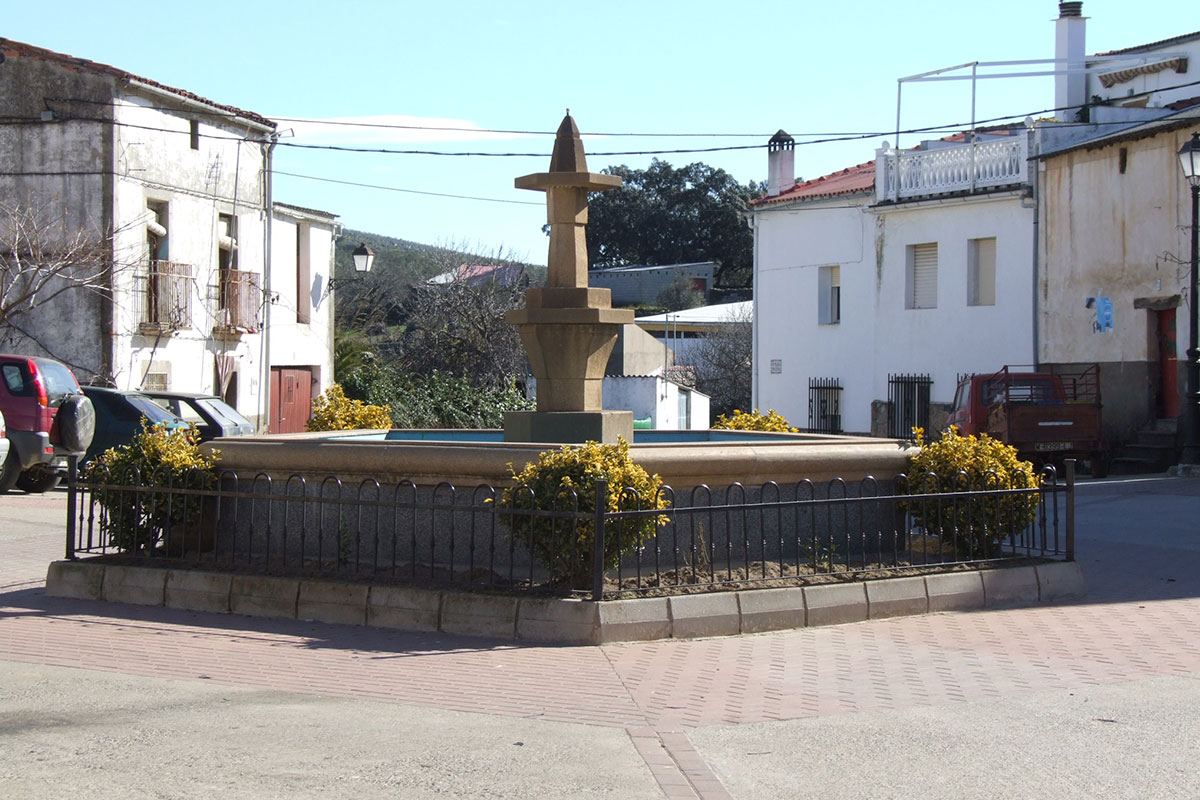Cáparra
Route through Caparra by electric bicycle
Live the electric experience and let yourself go!
Duration
4 hours
Timetables
All year round Monday to Sunday 9h to 13h and 16h to 20h
Languages
Spanish
Ideal for
1-10 people Families, couples and friends.
A WHOLE EXPERIENCE....
Exploring the meadows of Cáparra and its surroundings by electric bike.
WHAT WILL YOU DO?
Trasierra and Tierras de Granadilla is a place to discover, its nature reserves, rivers, lakes and historical sites will not leave you indifferent. Do you want to know the beauty that surrounds Cáparra? Get into the history, culture and nature in a unique route by electric bicycle through the region of Trasierra-Tierras de Granadilla.
You will start your route in Oliva de Plasencia to go to Cáparra. You will ride through one of the most beautiful pastures of the province of Cáceres, you will observe a cattle ranch and its own ecosystem. Arriving at Cáparra, you will visit the interpretation centre, where you will learn about the history of the Roman city of Cáparra with a video recreation of the city. Then, you will walk through this historic city to finish capturing this moment with a photo in the arch of Cáparra through a professional camera that the company will provide and that you will receive as a souvenir of this experience.
Pedalling, you will cross farm roads until you reach the Gabriel y Galán reservoir. You will observe rivers, rockroses, cork oaks, holm oaks and birds, among other elements of the rich landscape of the area. To finish with a flourish, you will enjoy a picnic of local products before returning to the starting point through an unforgettable natural environment.
Delve into history, culture and nature on a unique route on an electric bicycle through the beauty of Trasierra and Tierras de Granadilla.
- PRICE:
- "Check rates with the supplier"
- Organized by e-bikes Hervás
- THE PRICE INCLUDES:
- Specialized and qualified guide.
- Technical equipment: electric bicycle and helmet.
- Liability insurance and accident insurance.
- Tool kit, route design, continuous assistance.
- TO BE CONSIDERED:
- Reservations must be done in advanced.
- Advanced reservations are required.
- Availability of the activity subject to weather conditions.
- The route may vary depending on the needs and conditions of the participants.



